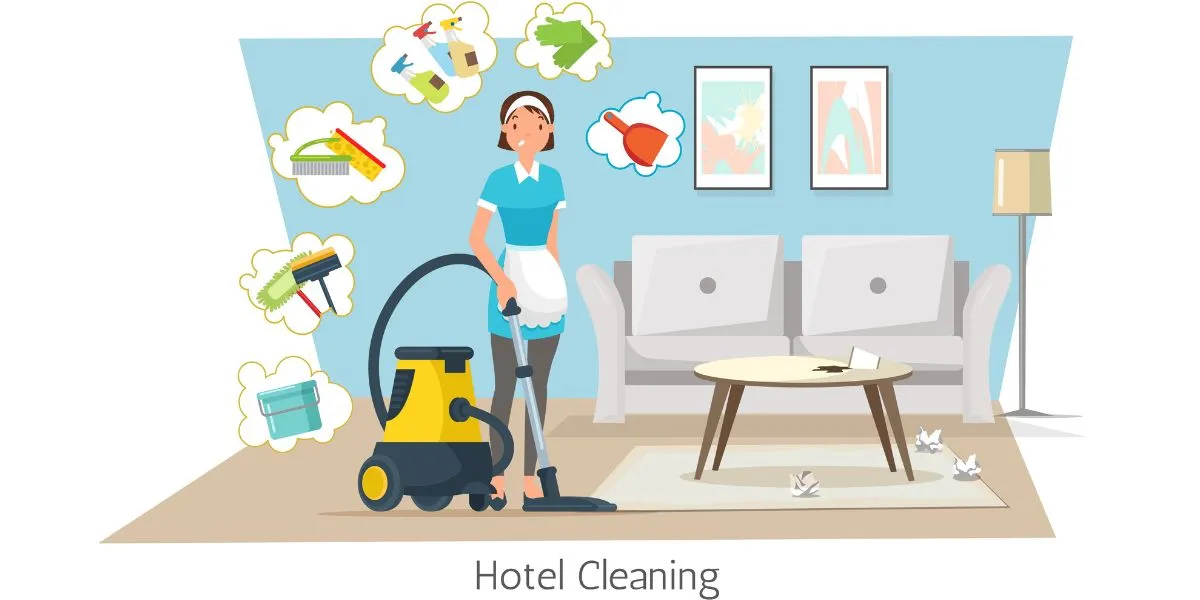Often overlooked, grout the material often accumulates between tiles. It plays a crucial role in maintaining the integrity and aesthetics of tiled surfaces. Its porous nature proves beneficial for tile installation. However, this porosity also renders it susceptible to dirt; stains can seep through easily, and over time, microbial growth becomes an issue without proper care. Deterioration threatens grout when we neglect necessary maintenance procedures; this could result in unsightly appearances and potential damage to the underlying tiles.
We must prioritize our understanding of the criticality of Bond Cleaning in Brisbane and maintaining floor grout; it directly impacts both the beauty and longevity of tiled surfaces. This guide thoroughly analyzes the step-by-step process for polishing and caring for tile grout, underlining its importance in enhancing the appearance and bolstering durability and hygiene within your tiled spaces. Proactive maintenance on grout yields transformative effects; from revitalizing its look to diminishing risks associated with mold or mildew it truly redefines any surface’s aesthetics and tactile quality.
What are the Common Steps to Polish Tile Grout?
Step 1 – Choose the Right Cleaning Solution
To effectively clean your grout, first select an appropriate cleaner. Commercial grout cleaners are readily available; however, some might contain harsh chemicals. These could potentially damage the grout over time. Alternatively, consider creating your cleaning solution with common household ingredients. When combined into a mixture, equal parts vinegar and water offer gentle yet effective cleaning properties for general grout maintenance. Should you encounter tougher stains, ponder the utilization of a stronger solution two parts baking soda to one part water. This potent concoction boasts remarkable efficacy in removing stubborn blemishes without causing harm to the grout itself.
Step 2 – Application Technique
After preparing your selected cleaner, apply it to the grout lines. Whether you opt for a commercial-grade solution or leverage your homemade remedy, ensure an even and thorough coverage of the grout through precise spraying or spreading methods. Let the cleaner penetrate the grout for several minutes: this will effectively dislodge dirt particles and stains a crucial step in achieving pristine cleanliness. You may choose to let the cleaner remain overnight for maximum effectiveness against particularly stubborn stains. However, exercise caution in avoiding over-saturation of the grout; excessive moisture could potentially pool on the floor.
Carefully follow the application methods and recommended dwell times provided by the manufacturer of your commercial cleaner. Understanding these instructions and then adhering to them diligently guarantees optimal cleaning results.
Step 3 – Scrubbing Technique
Equip yourself with a suitable, soft-bristled brush for grout cleaning; this will facilitate the labor-intensive task of scrubbing the grout lines in our next step to remove dirt and stains. Particularly useful for reaching into tight spaces is an old toothbrush–though if you encounter more stubborn stains, consider employing increased scrubbing power by using an electric toothbrush. Utilize not metallic brushes, for they may inflict harm on the grout and adjacent tile surfaces.
Gently scrub the grout lines in a circular motion, focusing on one small area at a time; do not apply excessive pressure; this might damage the grout or tile. After thoroughly cleaning all of these areas above with precision and care, proceed to rinse them; this step is crucial for removing any loosened dirt and residual cleaner from your workspace.
Step 4 – Rinse the Grout Lines
Scrub the grout lines and then ensure a thorough rinse of the cleaner. Eliminate any residue from the cleaning process by using a damp sponge or cloth. Rinse multiple times, ensuring no trace of cleaner remains; your grout may discolor over time if you leave leftover detergent that can attract dirt – a potential consequence.
Step 5 – Inspect for Remaining Stains
After rinsing and drying the grout lines, meticulously inspect for any lingering stains or discoloration. You might need to employ additional cleaning methods or treatments to address stubborn marks. Repeat the cleaning process or utilize a specialized grout stain remover if you identify persistent dirty areas.
Step 6 – Seal the Grout
It is your choice but professionals recommend sealing your grout lines after cleaning. Being one of the top reasons to improve the appearance and life of these tiles. With a protective barrier, grout sealers can prevent dirt, stains, and moisture. It measure becomes even more essential in untouched zones or areas prone to spills, think kitchen backsplashes and bathroom floors. When applying the sealer, carefully adhere to the manufacturer’s instructions.
Step 7 – Clean Regularly
To sustain the spark of your tile grout and maintain a proper schedule. It will help you prevent dirt and grime accumulation through routine maintenance; you ensure that your grout lines always exude cleanliness and freshness. The foot traffic volume and usage intensity determine the frequency of necessary cleanings whether weekly, bi-weekly, or monthly.
When you implement cleaning habits, it will help you preserve the appearance of your grout and prolong its lifespan. However, hiring Best Bond Cleaning Springfield Lakes is an ideal solution if you lack time.
Step 8 – Use Preventive Measures
Incorporate preventive measures beyond routine cleaning; this strategy can significantly reduce dirt and stain accumulation on your tile grout. If you want to remove intercept dirt and moisture, go ahead with removing infiltration of the grout, position mats, or rugs in high-traffic zones.
How you can prevent them from permeating the grout lines and inducing stains? By promptly addressing spills and messes. You can diminish the frequency and intensity of your cleaning sessions by proactively protecting your grout.
Step 9 – Consider Professional Cleaning Services
Consider engaging professional cleaning services if heavy staining marks your tile grout or it has yet to receive maintenance for an extended period. This option is indeed worth exploring, with their specialized equipment and expertise, these professionals are capable of tackling stubborn grout stains – restoring the pristine cleanliness of your tiles. While DIY methods demonstrate effectiveness in routine upkeep; opting for Reliable Bond Cleaning Gold Coast it bears emphasizing provides a level of rejuvenation and deep cleansing for your tile’s grout that is truly unparalleled.
Step 10 – Monitor and Address Grout Damage
Regularly scrutinize the condition of your grout: be vigilant for cracks, crumbling, or discoloration all potential indicators of damage. Swiftly tackle these issues to arrest further deterioration and maintain the integrity of your tile installation; it’s worth noting that depending on the extent of inflicted harm you might need either a repair solution or a complete replacement for affected grout. As soon as problems with grout damage arise, one must address them; ignoring such issues can precipitate water infiltration, mold growth even structural complications.
Conclusion
Dedicating oneself with patience and adopting a meticulous approach are essential to tackling grout cleaning. The effort proves its worth, as clean and hygienic tiled surfaces become indispensable for maintenance; this is particularly crucial in high-traffic areas like bathrooms and kitchens where dirt quickly accumulates.




